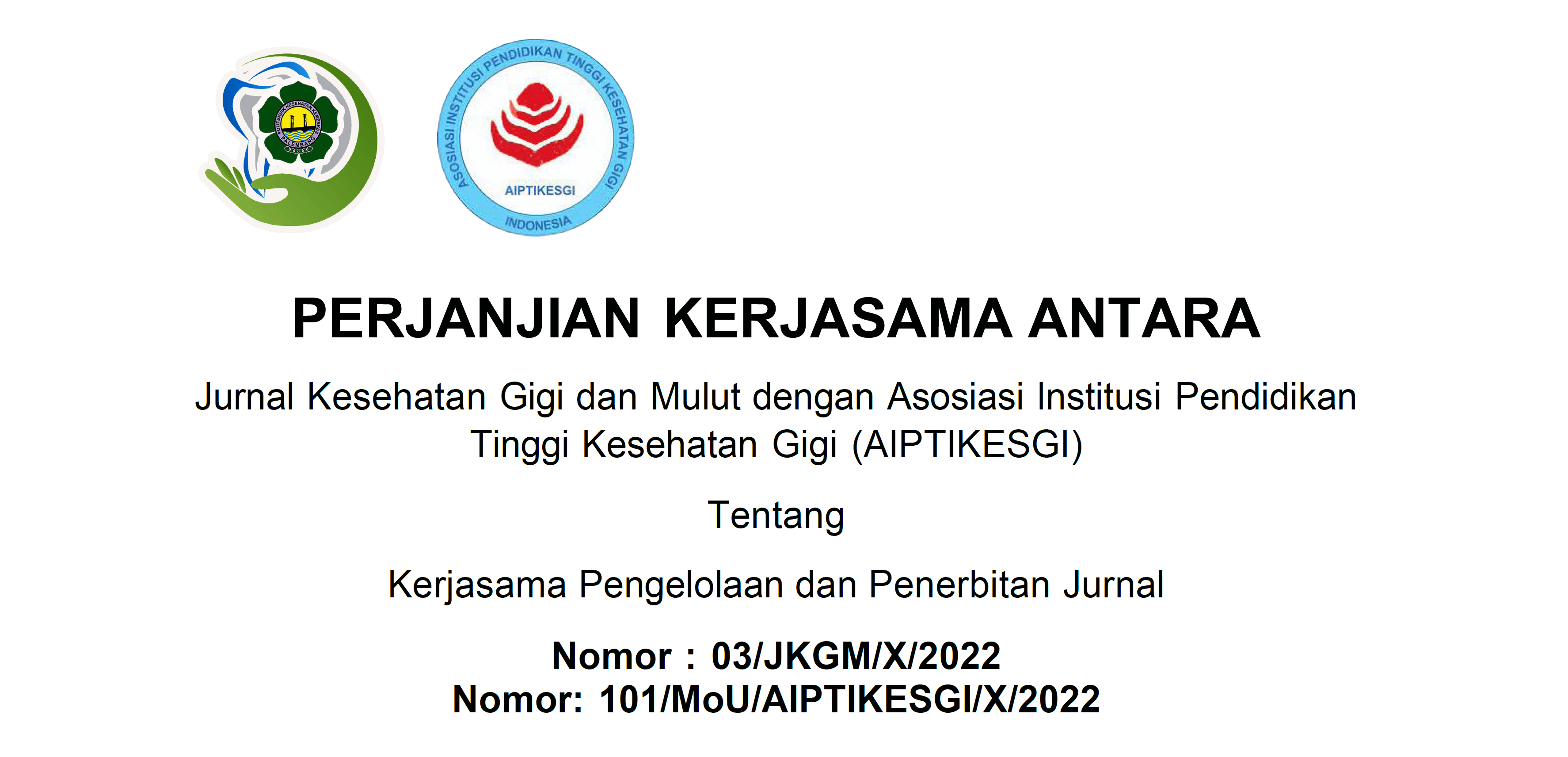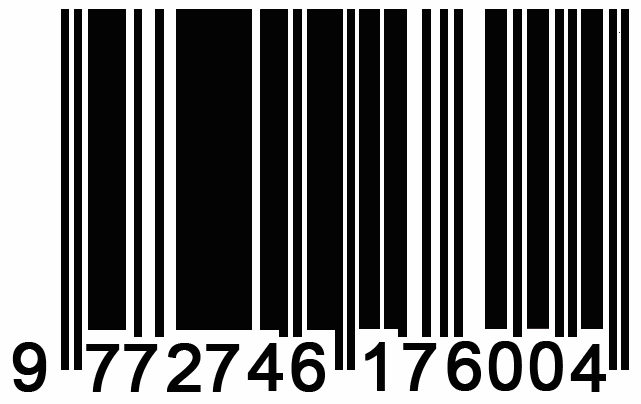PERBANDINGAN GEL EKSTRAK TEMU KUNCI DAN TRIAMSINOLON ASETONID TERHADAP PENYEMBUHAN STOMATITIS AFTOSA REKUREN
Abstract
Recurrent apthous stomatitis (RAS) is a condition with painful recurrent ulcer in the oral mucosa. Many
therapeutic options in the treatment of RAS indicate there is no definitive therapy. The aim of this study was to
determine the effect of fingerroot extract gel on healing of RAS by measuring ulcer size and pain level of RAS.
This experimental study used pretest-posttest control group design consisted on 38 female students of Dentistry
Study Program Medical Faculty of Sriwijaya University with minor RAS. Sample were divided into 2 groups and
instructed to apply the fingerroot gel (treatment group) or triamcinolone acetonide (control group) 3 times a day
for 7 days. Ulcer size was measured by using a dental probe and pain level was evaluated by visual analog scale
(VAS) at the initial day (day-0), day-3, day-5, and day-7. The results showed that ulcer size and pain level in
both groups at day-3 lower than day-0, size decreased on day-5, and eliminated completely on day-7, while the
pain had disappeared on day-5. No significant difference in size between the two groups at day-3, but at day-5
ulcer size in triamcinolone acetonide group was smaller significantly than fingerroot group (p<0.05). There was
no significant difference of pain level between the two groups. Fingerroot have efficacy for reducing size and
pain level of the RAS lesion so it can be used as an alternative in the treatment of RAS.
Authors who publish with this journal agree to the following terms:
- Authors retain copyright and grant the journal right of first publication with the work simultaneously licensed under a Creative Commons Attribution License that allows others to share the work with an acknowledgement of the work's authorship and initial publication in this journal.
- Authors are able to enter into separate, additional contractual arrangements for the non-exclusive distribution of the journal's published version of the work (e.g., post it to an institutional repository or publish it in a book), with an acknowledgement of its initial publication in this journal.
- Authors are permitted and encouraged to post their work online (e.g., in institutional repositories or on their website) prior to and during the submission process, as it can lead to productive exchanges, as well as earlier and greater citation of published work













